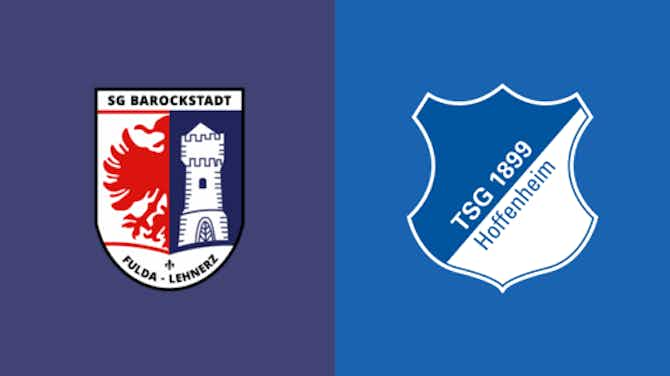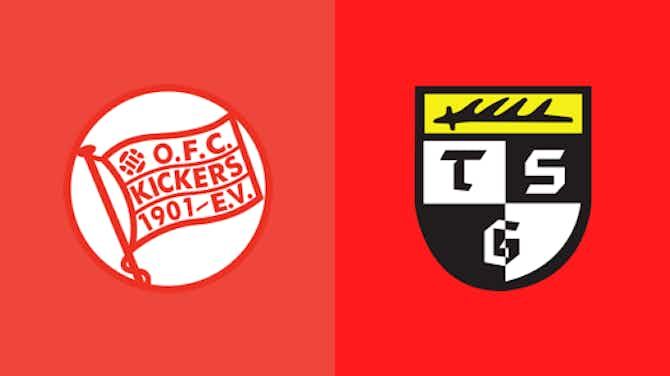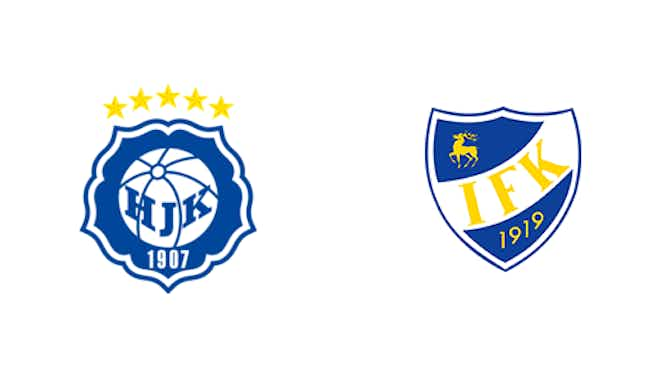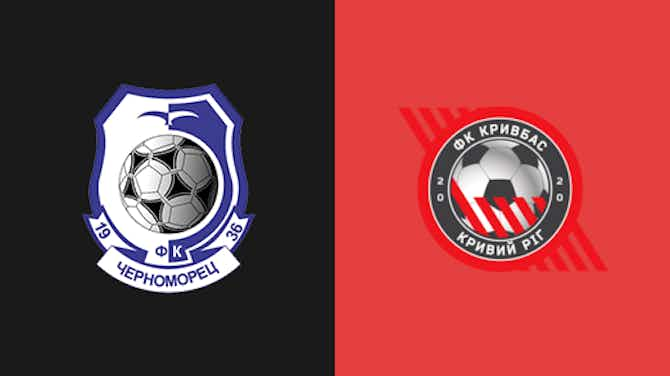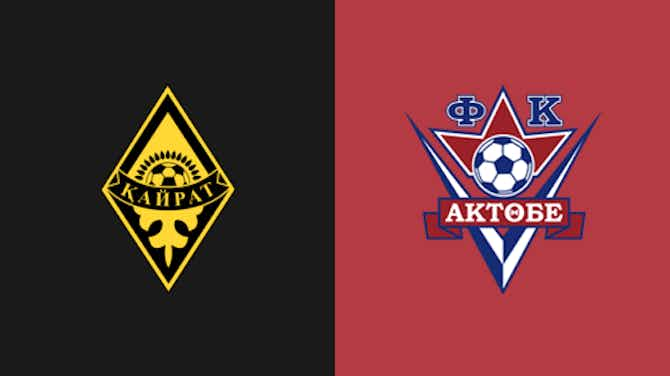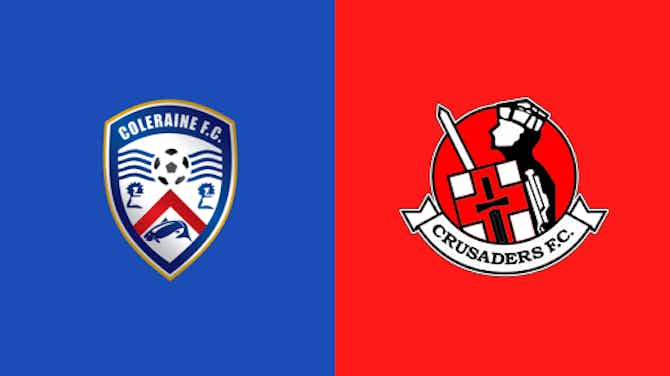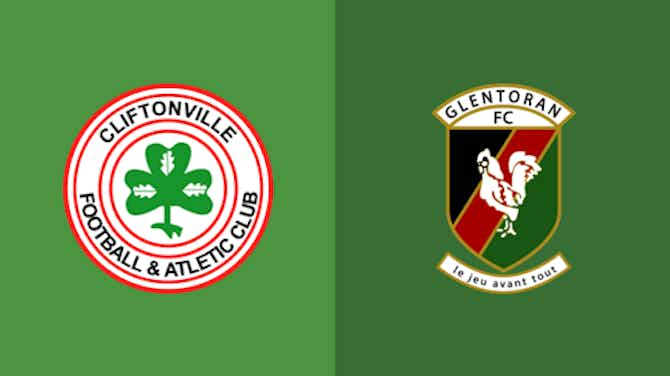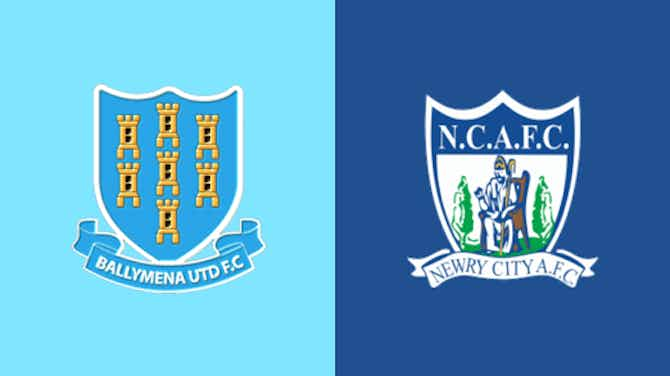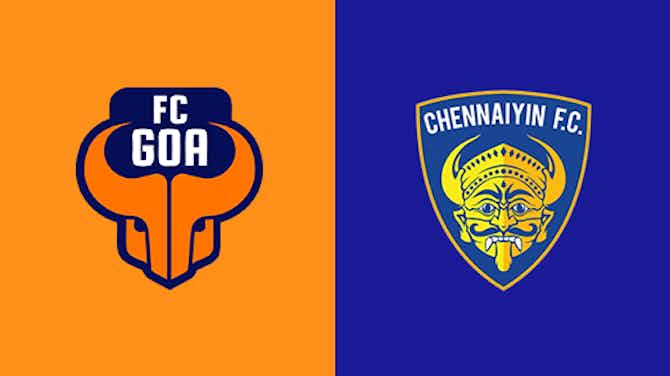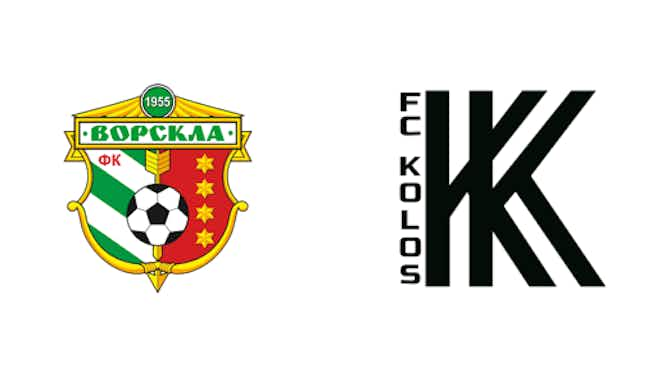Daily Cannon
·14 September 2019
Why William Saliba needed surgery
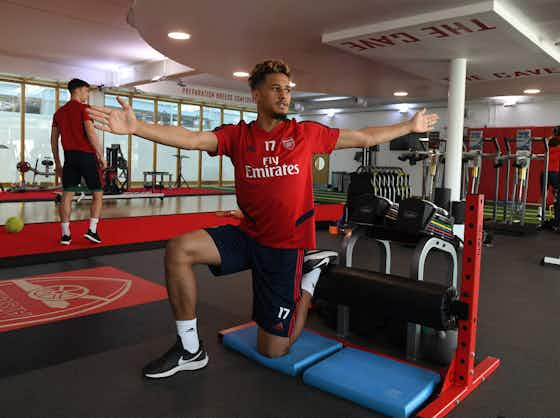
Daily Cannon
·14 September 2019

In the reports at the time, it was stated that an adductor muscle injury was at the heart of Saliba’s problem.
We then contacted Chloe Gallot of Ultimo Diez, who told us he had suspected pubalgia, a condition that does indeed affect that region.
Saliba is now back at Arsenal as part of his rehab, but what, exactly, is he rehabbing from?

First up, it should be noted it’s not considered a serious or chronic condition and most people recover following surgery and physical therapy.
The bad news, however, is that six weeks could be a slight underestimate as it can take up to several months to return to sports following surgery for this issue (read more on that further down). You have to feel, however, with Arsenal parading Saliba so publicly, he is close to a return.
It’s a common injury to the groin and refers to any tear or strain of the soft tissue in that area.
It can sometimes be referred to as ‘athletic pubalgia’ (or Gilmore’s Groin, groin disruption, or a ‘hockey hernia’ even though it isn’t actually a hernia) because it is usually picked up playing sports due to the various twisting, repetitive movements and sudden changes of direction involved.
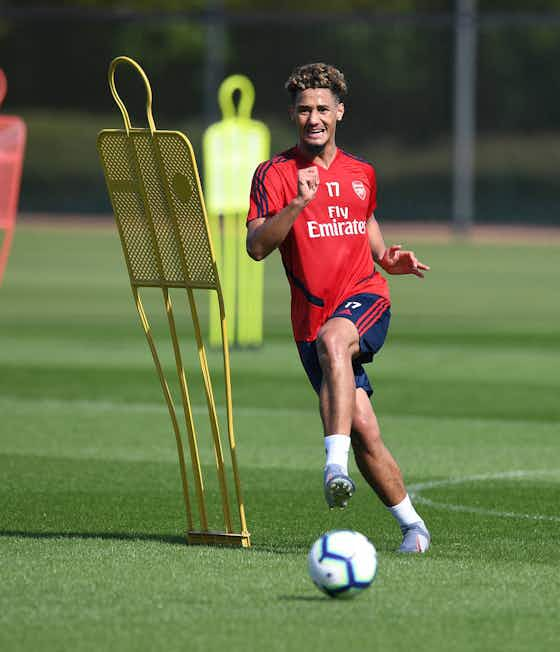
Saliba has been struggling with this problem from last season but was only operated on mid-August. The reason for this is simple – pubalgia can be treated without surgery in some cases.
It’s obviously preferable to not have to cut into people, so that’s no doubt why the two medical teams delayed surgery.
Many people go on to have surgery after several months of physical therapy, this is not the sign of a complicated or ‘extra-serious’ injury.
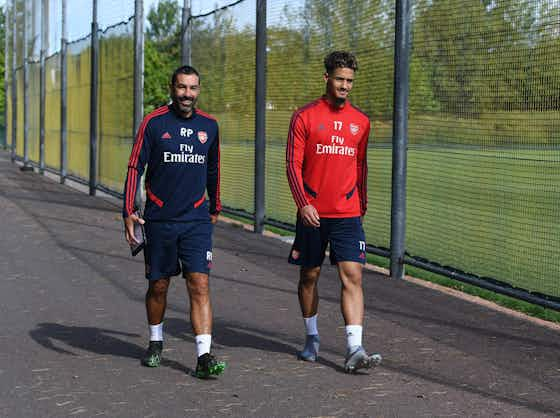
Yes, possibly longer. Maybe not. It all depends on how the surgery, which took place around four weeks ago now, was performed.
“Traditional surgery for pubalgia involves making a cut near the groin and fixing the damaged tissue,” writes healthline.com. “Recovery takes about 6 to 12 weeks.
“Another surgical procedure called laparoscopy is becoming a common way to both diagnose and treat groin injuries. This involves inserting a thin tube with a tiny camera, called a laparoscope, into your groin to give your surgeon a better view of the damaged tissue. Small instruments can be inserted through another nearby tube to perform the actual surgery.
“Recovering from laparoscopy only takes about a week, but you may need to avoid vigorous activity for three to four weeks.
“You’ll likely be able to return home the same day after having either traditional or laparoscopic surgery. Your doctor may also suggest doing physical therapy after surgery to rebuild your abdominal strength.”
Wikipedia add, “Conservative therapies (gentle stretching and a short period of rest) may temporarily alleviate the pain, but definitive treatment consists of surgical repair followed by a structured rehabilitation.
“The first conservative treatment option should be to restore normal motion after the adductor has begun to heal (usually 6–8 weeks post injury). Sleeping in a prone position with the hip on the affected side flexed and externally rotated can be a cure in some individuals.

William Saliba has Arsenal DNA.


Live




Live




Live














